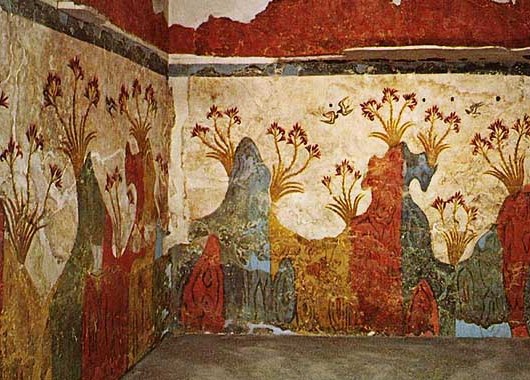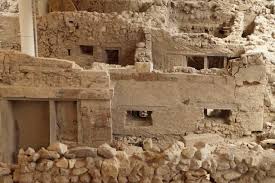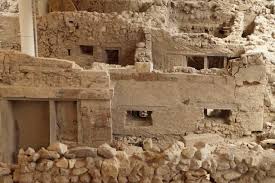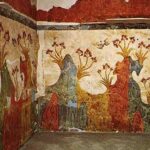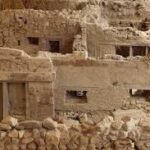The site of Akrotiri had been closed for many years but it reopened to visitors in April 2012.
The archaeological site of Akrotiri is one of the main attractions of Santorini. Located on the southern side of the island, between the village of Akrotiri and the famous Red beach, this site is visited by thousands of visitors every year. Excavations on Akrotiri has started as early as the 1870s by the French Archaeological School of Athens.
A few years later in 1866, the first traces of an ancient Minoan settlement had been accidentally revealed, during the works to get volcanic soil from Santorini in order to insulate the Suez Canal Bridge. In the century that followed, many excavations were conducted until the excavations of archaeologist Spyridon Marinatos started in 1967.
The works revealed a fully-working and developed settlement. Archaeologists believe that the town was originally constructed around 4,500 B.C. but in the 17th century B.C. it was destroyed by an earthquake. A new town was built on the ruins of the old town until it was also destroyed by the volcanic eruption about one century later.
The location of the town was ideal, as it served as a safe port and thus it developed an important commerce activity. The urban planning was dense, the buildings had many stores, the walls were decorated with amazing frescoes, the streets were paved and there were also squares and storehouses. The frescoes depict a rich middle society, where people were dressed luxuriously and elegantly.
The enormous volcanic eruption that destroyed the settlement of Akrotiri took place around 1,650 B.C. The entire town was covered with ashes and lava, which preserved Akrotiri almost intact through time. As no human bodies have been found covered by lava, as is the case in Pompeii, archaeologists believe that precursory earthquakes made the residents leave before the volcano erupted. Also, not many valuable items were excavated, which shows that between the earthquakes and the big volcanic eruption, the residents had returned to take their personal belongings.
This time interval between the precursory earthquakes and the eruption is estimated at about 10 days. In any case, the time between the first eruptions and the geological formation of the caldera is estimated no more than 2-3 days. The eruption took place probably in spring because flowers of olive trees were found under the lava ashes. This was the most important eruption in the world for the last 10,000 years and the tsunami waves that raised also destroyed the Minoan town of Knossos in Crete.
In September 2005, an accident took place in Akrotiri: the wooden shelter of the site collapsed, killing a British tourist. Since then, the site had been closed till April 2012, when the new bioclimatic shelter was finished and Akrotiri opened again to visitors.
________________________


